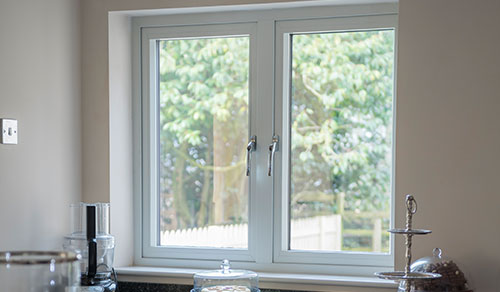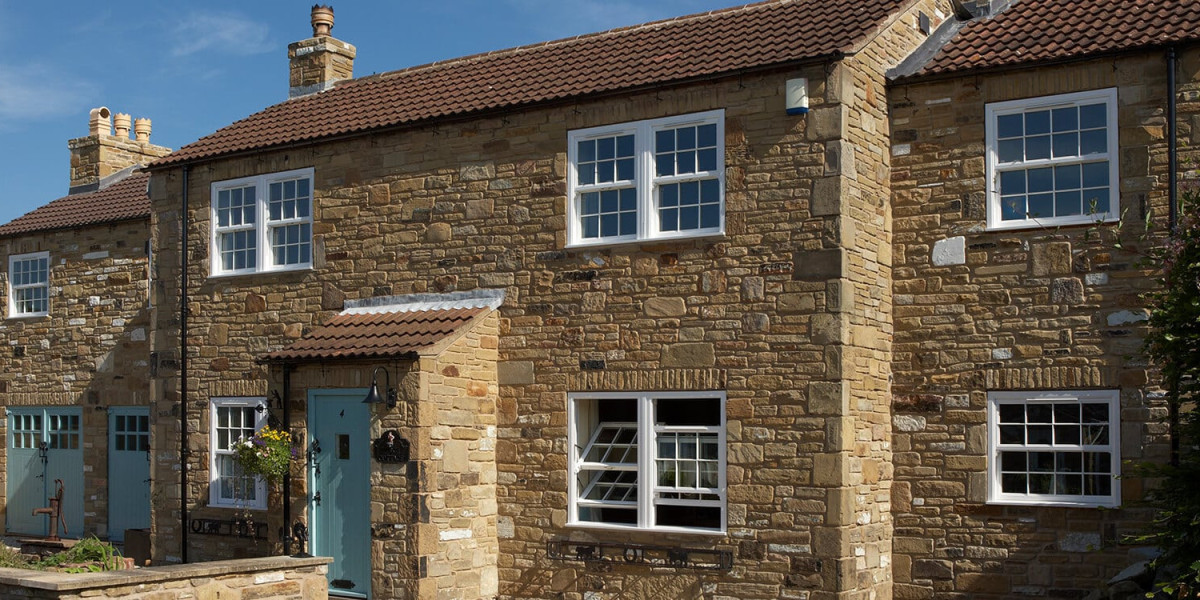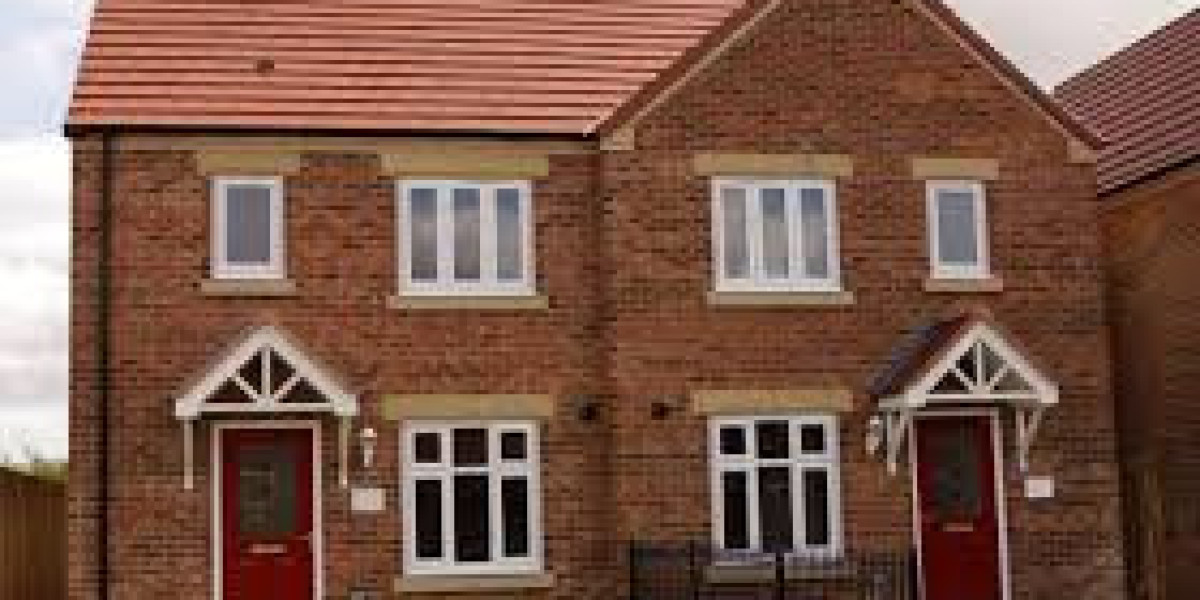In the ever-evolving world of home improvement, double glazing has become a popular choice for homeowners looking to enhance the comfort and energy efficiency of their properties. This article delves into what double glazing is, its benefits, the technology behind it, and considerations for installation, helping you make an informed decision for your home.

What is Double Glazing?
Double glazing refers to a window or door system that consists of two panes of glass separated by a space filled with air or gas. This design creates an insulating barrier, significantly improving thermal efficiency compared to single-pane windows. The space between the glass panes can be filled with argon or krypton gas, which further enhances insulation properties.

The Benefits of Double Glazing
- Energy Efficiency: One of the most significant advantages of double glazing is its ability to reduce energy costs. By minimizing heat loss in winter and keeping homes cooler in summer, double-glazed windows help maintain a stable indoor temperature. This efficiency can lead to lower heating and cooling bills, making it an economically sound investment.
- Noise Reduction: Double glazing provides excellent sound insulation. The two layers of glass, along with the air or gas-filled space, act as a barrier to external noise. This is particularly beneficial for homes located in busy urban areas or near airports, as it creates a quieter indoor environment.
- Increased Security: Double-glazed windows are harder to break compared to single-pane windows. The two layers of glass make it more difficult for intruders to gain access to your home, providing an additional layer of security. Many double-glazed units also come with reinforced frames and locks, further enhancing their security features.
- UV Protection: Double glazing can help protect your furniture, flooring, and artwork from harmful ultraviolet (UV) rays that can cause fading and damage over time. This is especially important for homes with large windows or those that receive a lot of sunlight.
- Reduced Condensation: The insulating properties of double glazing help reduce condensation on the interior surfaces of windows. This not only improves visibility but also helps prevent the growth of mold and mildew, promoting a healthier living environment.
- Aesthetic Appeal: Modern double-glazed windows come in a variety of styles, colors, and finishes, allowing homeowners to choose options that complement their home’s architecture. Whether you prefer traditional wooden frames or sleek aluminum designs, there is a double glazing solution to suit your aesthetic preferences.
The Technology Behind Double Glazing
Double glazing technology has advanced significantly over the years. The construction of double-glazed units typically involves the following components:
- Glass Panes: The Ideal Glass Ltd used in double glazing can vary in thickness and type. Low-emissivity (Low-E) glass is often used to reflect heat back into the room while allowing light to enter, further enhancing energy efficiency.
- Spacer Bars: The spacer bars are the components that separate the two glass panes. They are often made from materials like aluminum or warm edge spacer bars made from composite materials that reduce thermal bridging.
- Sealant: The edges of the double-glazed unit are sealed with a durable sealant to prevent moisture from entering the space between the panes. This seal is crucial for maintaining the integrity of the insulation.
- Gas Fill: As mentioned earlier, the space between the panes can be filled with argon or krypton gas, which are less conductive than air, providing better thermal insulation.
Installation Considerations
When considering double glazing for your home, several factors should be taken into account:
- Professional Installation: It is essential to have double glazing installed by a qualified professional. Proper installation ensures that the units perform as intended and that there are no air leaks or other issues.
- Quality of Materials: Not all double-glazed units are created equal. It is crucial to choose high-quality materials and reputable manufacturers. Look for certifications such as the British Fenestration Rating Council (BFRC) label, which indicates energy efficiency.
- Cost: While double glazing can be more expensive upfront compared to single-pane windows, the long-term savings on energy bills and the added comfort and security can make it a worthwhile investment. It is advisable to obtain quotes from multiple suppliers to find the best deal.
- Local Regulations: In some areas, there may be regulations regarding window replacements, especially in conservation areas or for listed buildings. It is essential to check local planning regulations before proceeding with installation.
- Maintenance: Double-glazed windows require minimal maintenance. Regular cleaning and checking for any signs of condensation between the panes can help ensure they remain in good condition. If condensation does occur, it may indicate a failure in the seal, and the unit may need to be replaced.
Conclusion
Investing in new double glazing is a decision that can significantly enhance the comfort, energy efficiency, and security of your home. With a variety of styles and materials available, homeowners can find the perfect solution to meet their needs. By understanding the benefits, technology, and considerations involved in double glazing, you can make an informed choice that will pay dividends in comfort and savings for years to come. Whether you are renovating an existing home or building a new one, double glazing is a worthwhile investment that can contribute to a more sustainable and enjoyable living environment.








